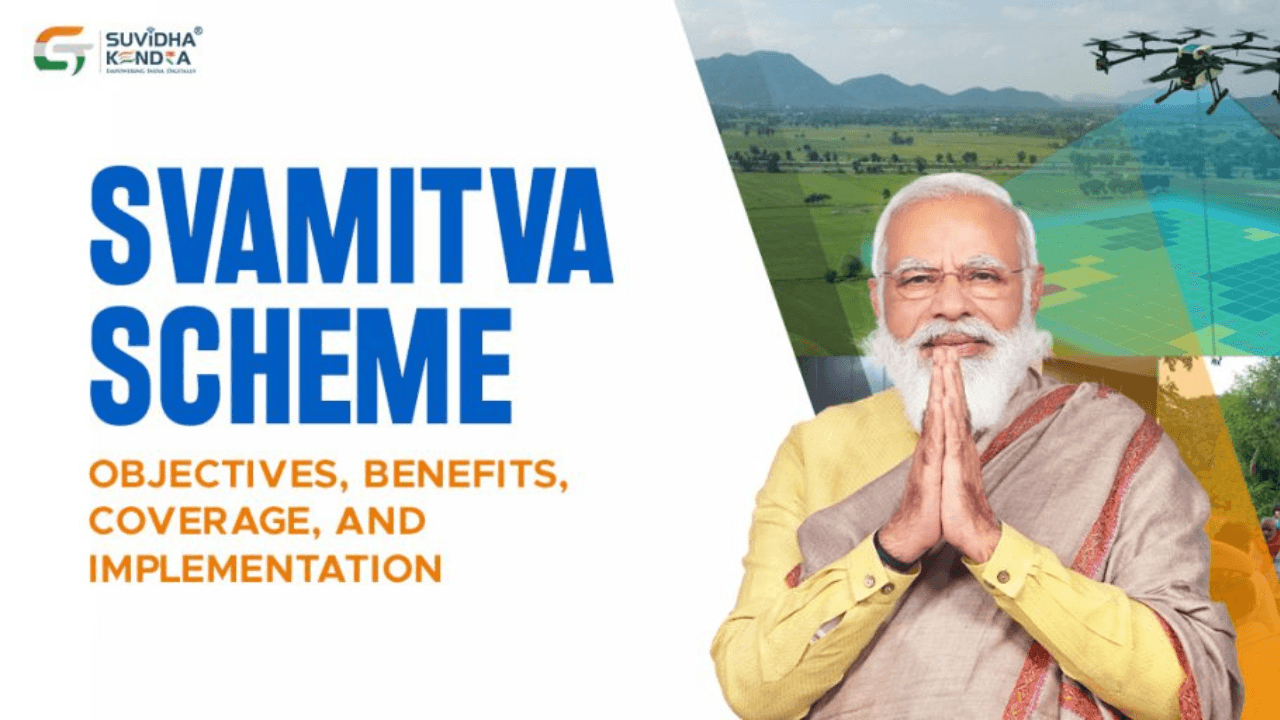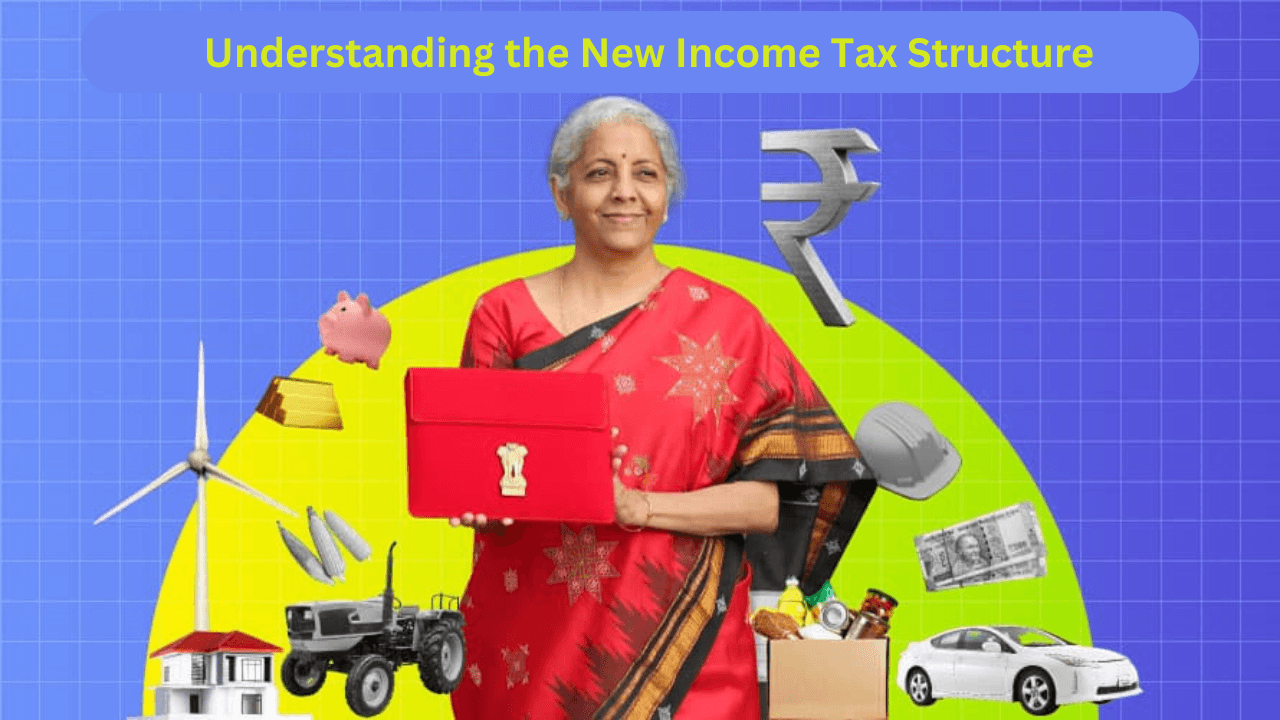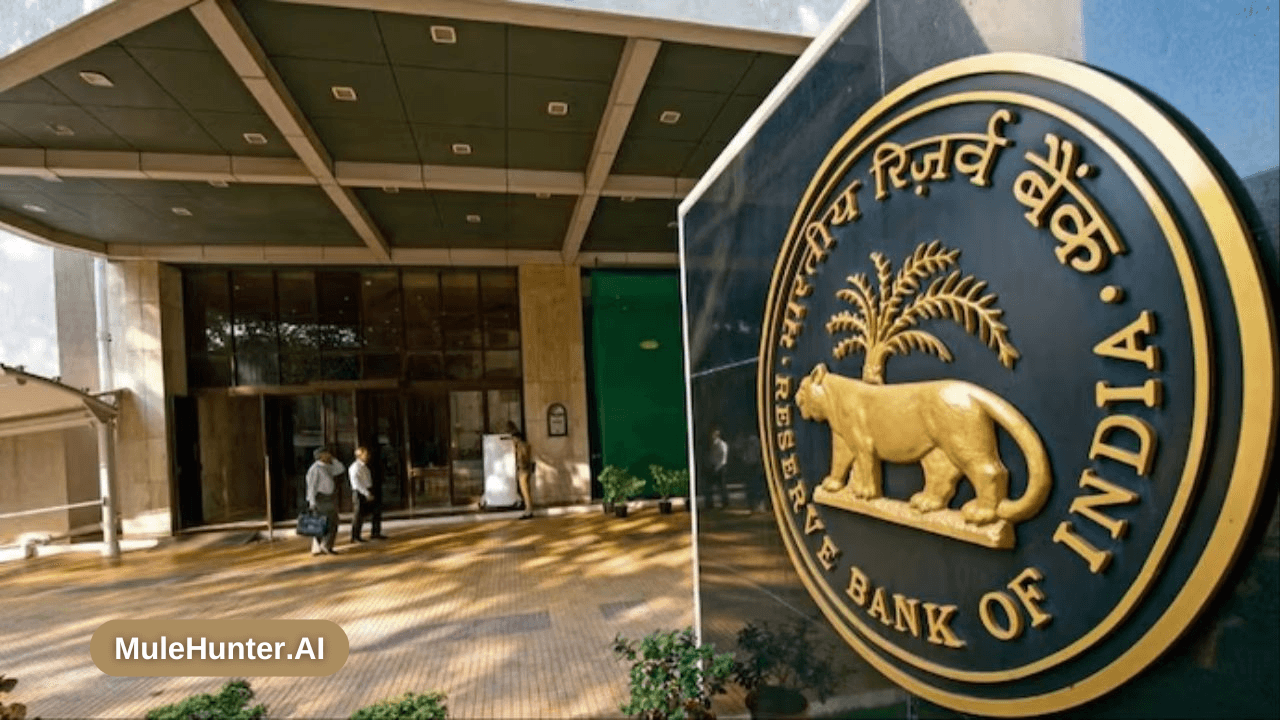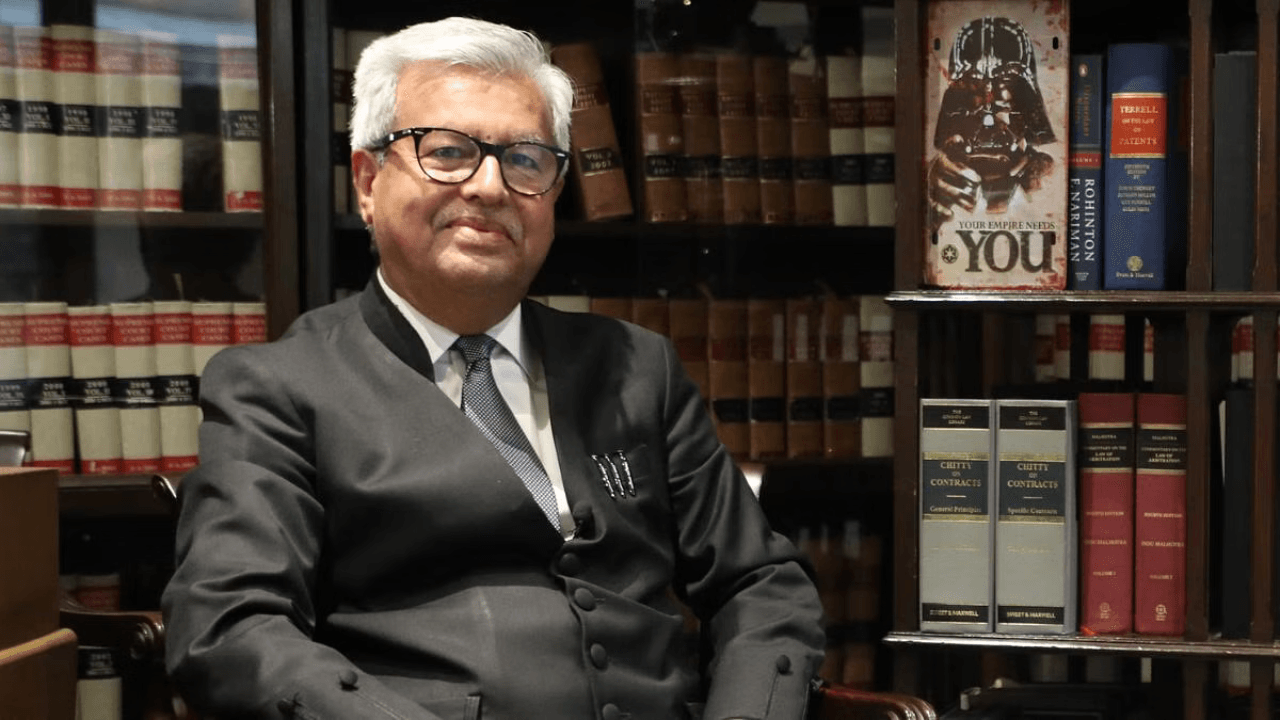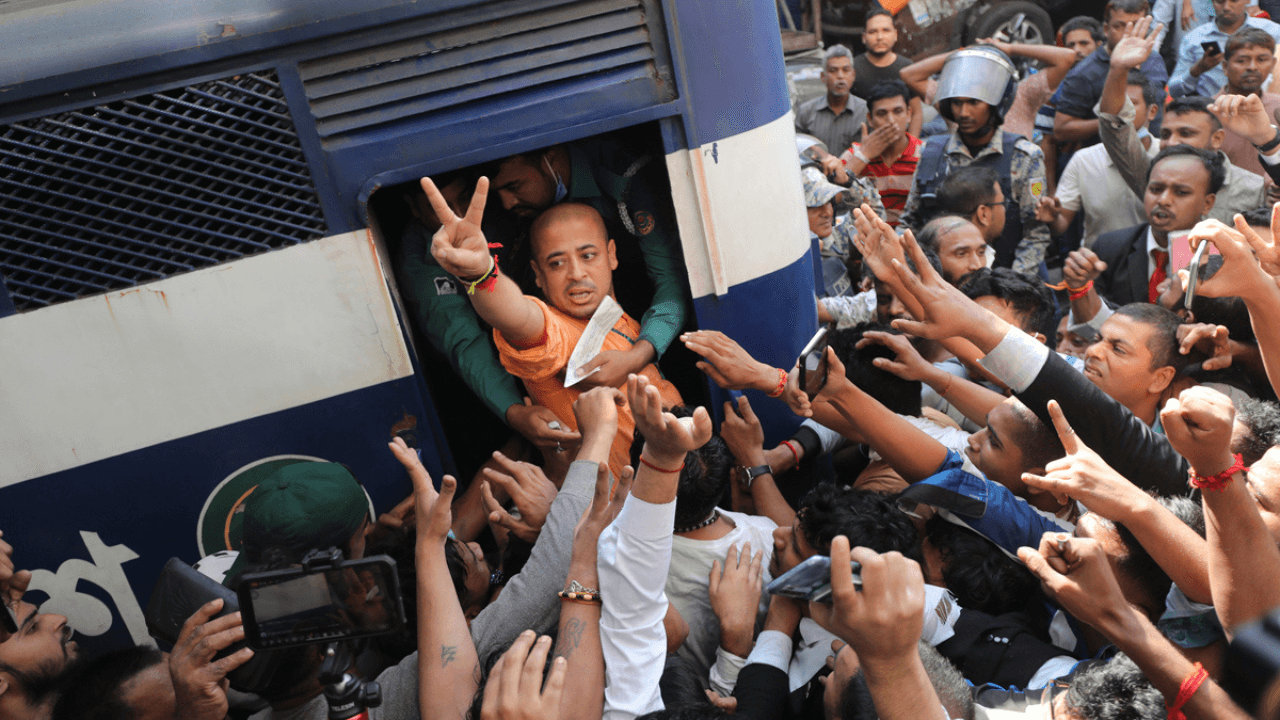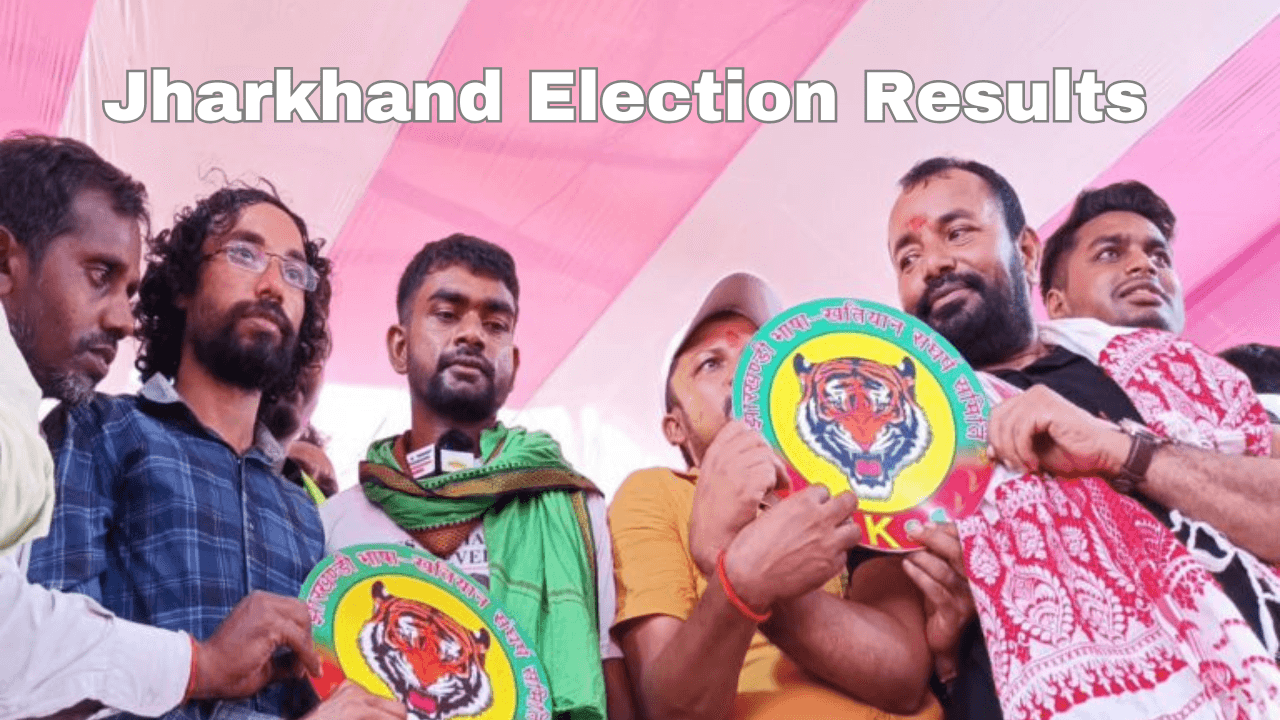Kamran Akhtar, New Delhi
The SVAMITVA scheme, launched by Prime Minister Narendra Modi on April 24, 2020, aims to provide a formal record of rights to rural households by issuing property cards. This initiative is designed to empower villagers by recognizing their property ownership, thereby enabling them to leverage their assets for financial benefits. The scheme has made significant progress since its inception, with over 3.17 lakh villages surveyed, covering 92% of the targeted areas.
Notably, the scheme has achieved full saturation in regions such as Puducherry, Andaman & Nicobar Islands, Tripura, Goa, Uttarakhand, and Haryana. As of recent reports, a total of 67,000 sq.km of rural populace land has been surveyed, valued at approximately Rs. 132 lakh crores, underscoring the economic implications of this initiative.
Technology plays a pivotal role in the implementation of the SVAMITVA scheme, enhancing the accuracy and efficiency of property surveys. The initiative employs drone technology for large-scale mapping, utilizing Geographic Information System (GIS) and Real-Time Kinematic (RTK) corrections to ensure precise geo-referencing and land demarcation. The Survey of India collaborates with state governments to create a comprehensive National Topographic database, facilitating accurate topographical mapping through airborne photography, satellite imagery, and unmanned aerial vehicles (UAVs). This technological integration not only streamlines the survey process but also empowers rural residents by providing them with legal documents that can be used as collateral for loans, thereby fostering entrepreneurship and economic security in rural areas.
However, while the scheme promotes financial empowerment, it also raises questions about the increasing dependency on debt for development. If villagers take loans against their property cards to start small businesses, there is a risk of creating a cycle of debt that could burden families, particularly small and medium farmer households. The reliance on loans may perpetuate financial instability, especially if businesses do not yield expected returns. Thus, while the scheme aims to enhance economic security, it is crucial to ensure that it does not inadvertently lead to increased financial vulnerability among the rural populace.
Moreover, the SVAMITVA scheme can also be viewed through the lens of the government’s tax collection strategy in rural economies. By formalizing property ownership and facilitating property tax assessments, the scheme empowers Gram Panchayats to directly collect property taxes in states where they have the authority to do so. This not only enhances local governance but also contributes to the financial sustainability of rural administrations. The establishment of accurate land records aids in taxation, construction permits, and the elimination of encroachments, thereby creating a structured approach to rural development.
Overall, the SVAMITVA scheme leverages technology to foster rural development and economic empowerment, it is essential to critically assess the implications of increased debt reliance and the potential motivations behind government tax collection efforts. Balancing financial empowerment with sustainable economic practices will be key to ensuring that the benefits of the scheme are realized without imposing undue burdens on rural households.
Additionally, there is immense potential in the rural economy. If rural empowerment is truly the main objective of the Government of India, why is there not a stronger focus on enhancing healthcare and education facilities and related to science and technology? When the rural populace has access to modern technology and reliable internet, they can uplift their economic conditions without relying on loans. They can leverage technology to achieve greater crop yields and adopt modern farming practices. Furthermore, improving rural connectivity to highways would facilitate the easy transport of fresh vegetables and fruits to markets, while also bolstering dairy businesses. There are numerous opportunities for villagers to thrive by utilizing technology, so why not concentrate on these critical areas of development?

